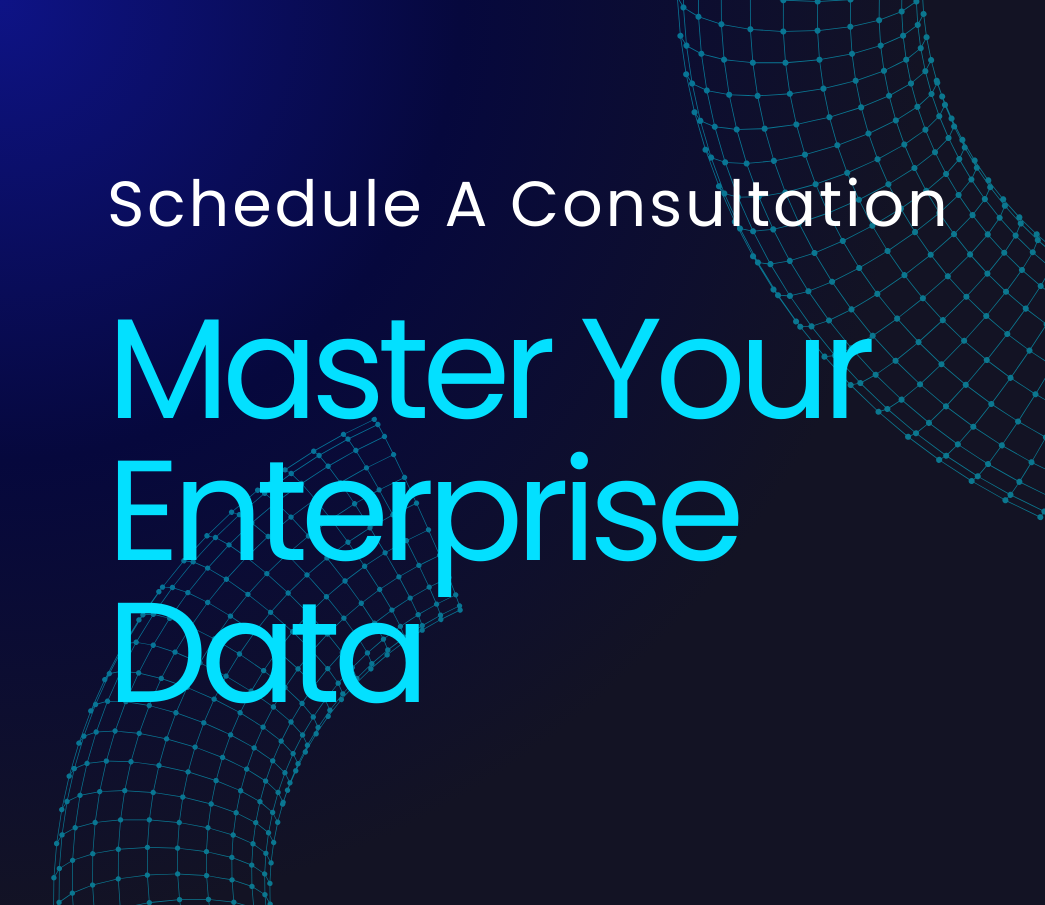Global monitoring systems have become the invisible backbone of modern enterprises, constantly sensing, analyzing, and adapting to a world that never sleeps. These systems are far more than just tools for keeping an eye on far-flung operations; they’re the nervous system of organizations, enabling real-time decision-making and proactive management on a scale previously unimaginable.
- The Invisible Backbone of Modern Enterprises
- Real-Time Data Integration: The Lifeblood of Global Awareness
- Predictive Analytics: From Reactive to Proactive Management
- Scalable Architecture: Building for Global Complexity
- Robust Security Measures: Protecting the Global Nervous System
- User-Centric Design: Making Complexity Accessible
- The Road Ahead: Challenges and Opportunities
In today’s interconnected business landscape, the ability to monitor global operations in real-time isn’t just a competitive advantage—it’s a necessity for survival. As Dr. Elena Rodriguez, Chief Data Officer at GlobalTech Solutions, puts it, “The future of global monitoring isn’t just about collecting more data; it’s about redefining what ‘operational awareness’ means. In the coming years, the line between monitoring and active management might not just blur—it could disappear entirely.”
But here’s the real question: Is your organization truly leveraging the power of global monitoring, or are you still playing catch-up in a game that’s already moved to the next level? The stakes are high, and the potential rewards are even higher. Organizations that have mastered global monitoring report significant improvements in operational efficiency, customer satisfaction, and overall profitability.
This article will dive into the five key components that make global monitoring systems truly effective in the enterprise context. We’ll explore how real-time data integration, predictive analytics, scalable architecture, robust security measures, and user-centric design come together to create a monitoring system that’s not just reactive, but proactive and transformative.
Overview
- Global monitoring systems are essential for modern enterprises, acting as their nervous system for real-time decision-making and proactive management.
- Real-time data integration is crucial, with only 23% of enterprises fully implementing it across global operations, leading to significant improvements in efficiency and response times.
- Predictive analytics in global monitoring enables a shift from reactive to proactive management, with organizations using advanced analytics reducing downtime by 35% and improving resource allocation by 28%.
- Scalable architecture is vital for handling global complexity, allowing companies to expand into new markets 40% faster and reduce monitoring system costs by 45% over five years.
- Robust security measures are paramount, with the average cost of a data breach for multinational corporations rising to $4.45 million, making multi-layered security approaches essential.
- User-centric design is critical for effective global monitoring, with companies investing in this area seeing a 32% increase in user adoption rates and a 28% improvement in decision-making speed.


















